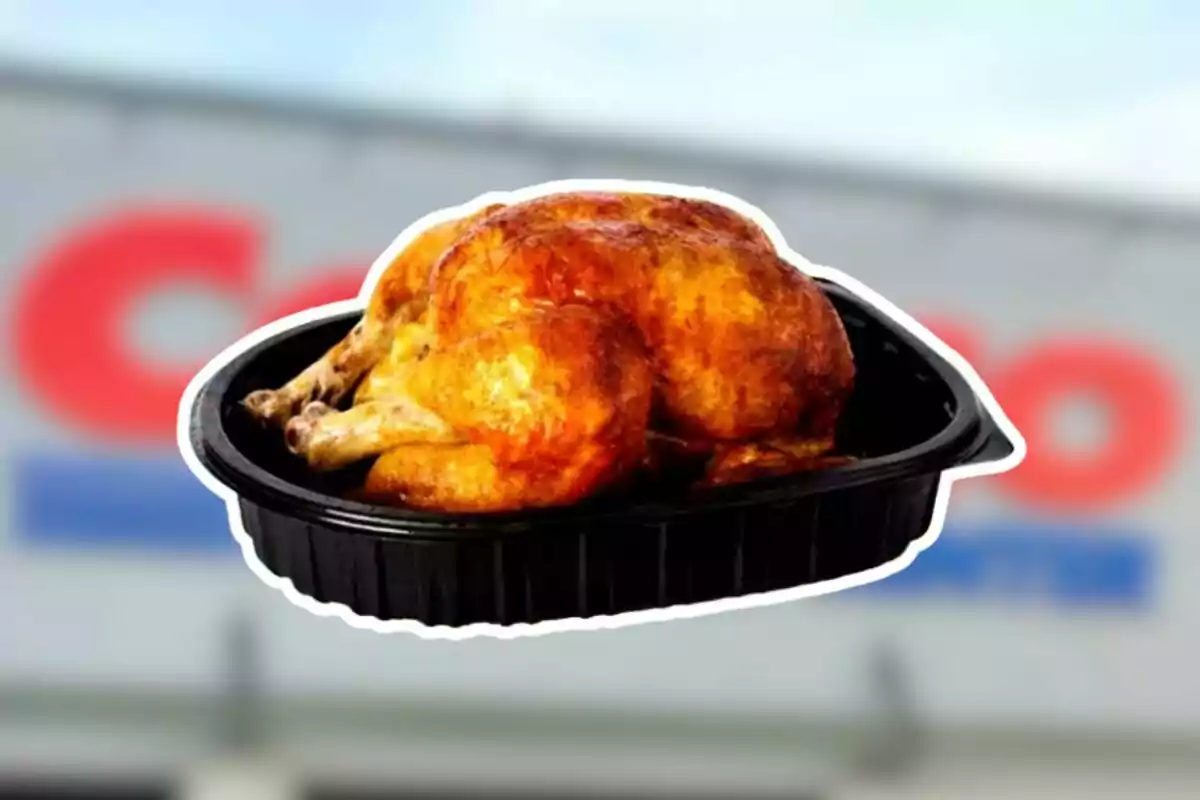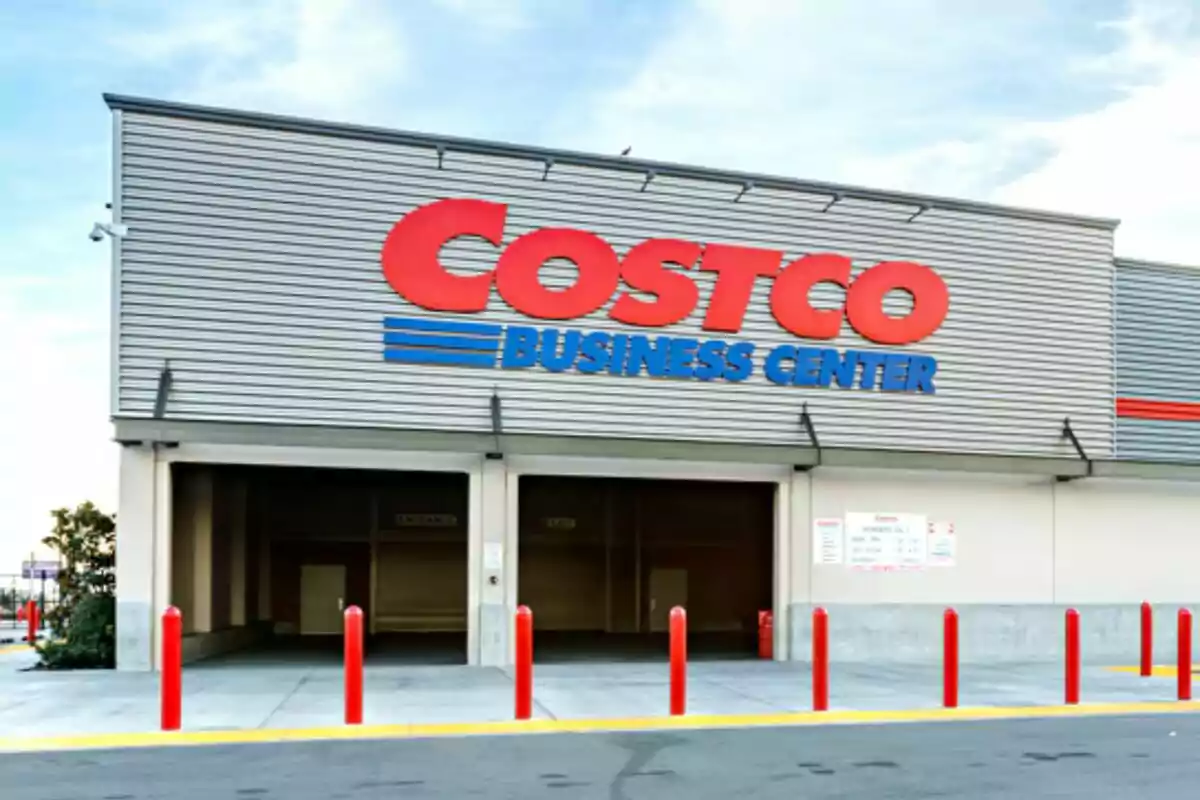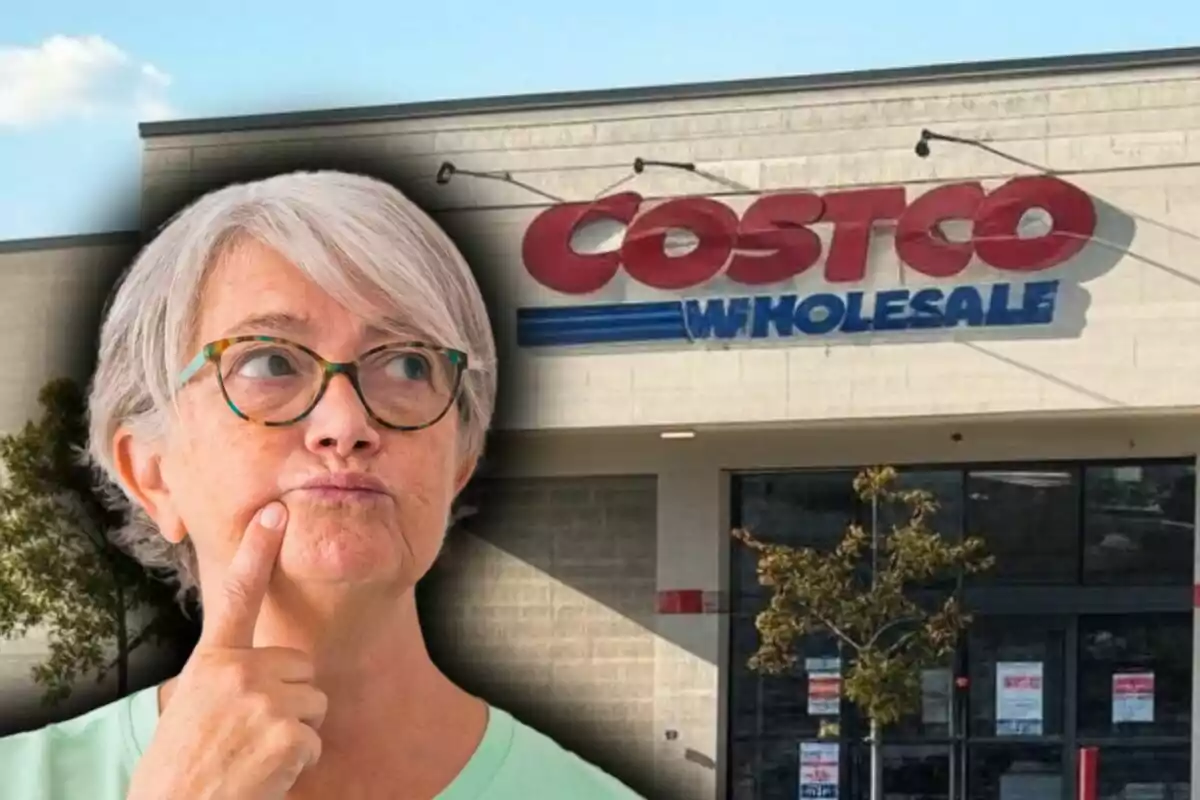In a country where food prices keep rising, finding a delicious and affordable option is almost a miracle. Consumers are increasingly looking for practical, quick solutions that won't empty their wallets. In this context, one product has managed to win over millions with its flavor, price, and convenience.
This is Costco's rotisserie chicken, which has kept its fixed price of $4.99 for years. This simple prepared dish sells more than 100 million units every year in the United States. There are even customers who buy up to 50 in a single visit, driven by its flavor, generous size, and excellent value for money.

The secret of success: flavor, juiciness, and price
Although the first thing that stands out is the price, its popularity can't be explained by that alone. Many chefs and cooking enthusiasts agree that Costco's chicken is especially tasty and tender. Its meat is juicy, well-seasoned, and ready to eat, which makes it an ideal solution for dinner.
Part of the secret lies in the recipe. Although all the exact seasoning ingredients aren't public, the labeling reveals that it contains salt, sodium phosphate, modified starch, potato dextrin, carrageenan, sugar, and dextrose. All these elements act as a brine that enhances the chicken's flavor, but the key is in the unspecified spices, which give it its unique touch.
As for texture, Costco has also managed to set itself apart. The rotisserie chickens stay on the shelves for a maximum of two hours (2 h). After that time, they're removed and used in other prepared dishes. Thanks to this, customers always find fresh, hot, and tender meat, with no trace of dryness or overcooking.

In-house production and sales strategy
Since 2019, Costco has controlled every stage of the process thanks to its own poultry plant in Nebraska, in collaboration with Lincoln Premium Poultry, reveals All Recipes. This system allows it to standardize the size (each bird weighs about 3 lbs. 1.5 oz. (1.4 kg)), guarantee the quality of the final product, and keep costs low. In addition, by avoiding intermediaries, it achieves a more efficient supply chain.
The rotisserie chicken also serves a strategic function: it's a "loss leader" product that draws customers to the store. It's located at the back of the store, which forces shoppers to walk through aisles full of deals before reaching it. Although Costco loses money on each chicken, according to Richard Galanti, former CFO of the company, about $40 million a year, the additional purchases it generates make up for the loss.
If that weren't enough, the chicken is extremely versatile. It can be served whole, shredded for tacos or salads, or the bones can be used to make a tasty homemade broth. In the end, it's much more than a quick dinner: it's one of Costco's greatest successes and a phenomenon that keeps growing.

